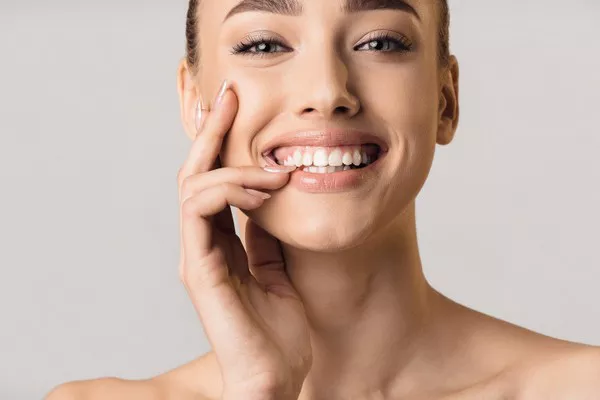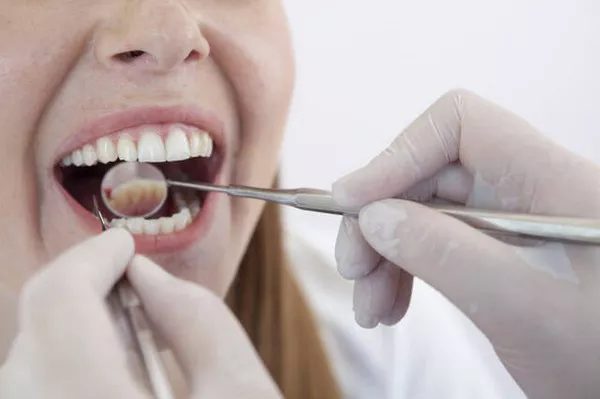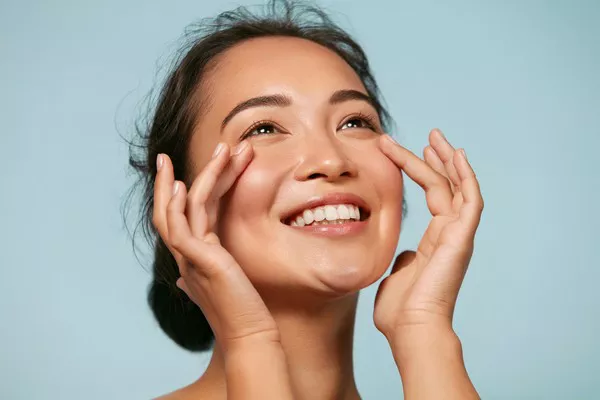In the quest for a brighter, more radiant smile, many turn to whitening strips as a convenient and effective solution. These adhesive strips, infused with whitening agents like hydrogen peroxide, promise to lift stains and restore teeth to their pearly white glory. However, a common question arises: should you brush your teeth before applying whitening strips? While some argue that a pre-application brushing enhances the effectiveness of the strips, others caution against it, citing potential risks to dental health. In this comprehensive guide, we delve into the science behind whitening strips, explore the impact of brushing on their efficacy, and provide expert recommendations to help you achieve optimal results.
Understanding Whitening Strips: How Do They Work?
Before delving into the brushing debate, it’s essential to grasp how whitening strips function. These thin, flexible strips typically contain peroxide-based whitening agents, such as hydrogen peroxide or carbamide peroxide. When applied to the teeth, these agents penetrate the enamel and break down stains, effectively lightening the overall color of the teeth. The duration of application and the concentration of the whitening agent can vary depending on the brand and formulation.
The Brushing Dilemma: To Brush or Not to Brush?
The question of whether to brush before using whitening strips has sparked considerable debate among dental professionals and enthusiasts alike. Proponents of pre-application brushing argue that it removes surface debris and plaque, allowing the whitening agent to make direct contact with the enamel, thus enhancing its effectiveness. On the other hand, opponents raise concerns that brushing immediately before applying strips could exacerbate tooth sensitivity and irritation, as the abrasive action of brushing may cause microscopic damage to the enamel, making it more susceptible to the whitening agent’s effects.
To provide clarity on this matter, let’s examine the potential pros and cons of brushing before using whitening strips:
Pros of Brushing Before Using Whitening Strips:
Enhanced Whitening Effectiveness: Removing surface stains and plaque through brushing may allow the whitening agent to better penetrate the enamel, leading to more significant whitening results.
Improved Adhesion: A clean tooth surface devoid of debris may promote better adhesion of the whitening strips, ensuring they remain in place throughout the recommended application period.
Better Oral Hygiene: Incorporating brushing into your whitening routine promotes overall oral hygiene, reducing the risk of cavities, gum disease, and other dental issues.
Cons of Brushing Before Using Whitening Strips:
Increased Sensitivity: Brushing before applying whitening strips may exacerbate tooth sensitivity, especially if the enamel has been weakened by abrasive toothpaste or aggressive brushing techniques.
Potential Irritation: Abrasive brushing can cause micro-abrasions on the enamel, making it more susceptible to irritation from the whitening agent, leading to discomfort or pain during and after application.
Risk of Overuse: Brushing too vigorously or frequently before using whitening strips can contribute to enamel erosion over time, compromising the structural integrity of the teeth.
Expert Recommendations: Striking a Balance
While the brushing dilemma may not have a one-size-fits-all solution, dental professionals offer valuable insights to help individuals make informed decisions:
Prioritize Oral Health: Regardless of whether you choose to brush before using whitening strips, maintaining good oral hygiene practices, including regular brushing, flossing, and dental check-ups, is essential for overall dental health.
Consider Sensitivity Levels: If you have a history of tooth sensitivity or enamel erosion, it may be wise to consult with your dentist before incorporating whitening strips into your oral care routine. They can provide personalized recommendations based on your specific needs and concerns.
Follow Instructions Carefully: Regardless of brushing habits, always follow the manufacturer’s instructions when using whitening strips. Overuse or misuse can lead to adverse effects such as increased sensitivity or uneven whitening.
Monitor Your Teeth: Pay attention to how your teeth respond to whitening treatment. If you experience significant discomfort, sensitivity, or unusual changes in tooth color, discontinue use and consult with your dentist promptly.
Conclusion
In the ongoing debate over whether to brush before using whitening strips, the answer ultimately depends on individual factors such as oral health status, sensitivity levels, and personal preferences. While brushing before application may enhance whitening effectiveness for some, others may find it exacerbates sensitivity or irritation. Ultimately, striking a balance between oral hygiene and whitening goals is key. By prioritizing oral health, following manufacturer instructions,and consulting with dental professionals as needed, individuals can achieve a brighter, healthier smile with confidence.
With thorough consideration of the presented factors, individuals can make informed decisions regarding their whitening routine, ensuring both effectiveness and safety in pursuit of a radiant smile.
How Much Is A Whitening Treatment At The Dentist
Does Uv Light Help Teeth Whitening
What Is The Fastest Way To Whiten Teeth At Home






























